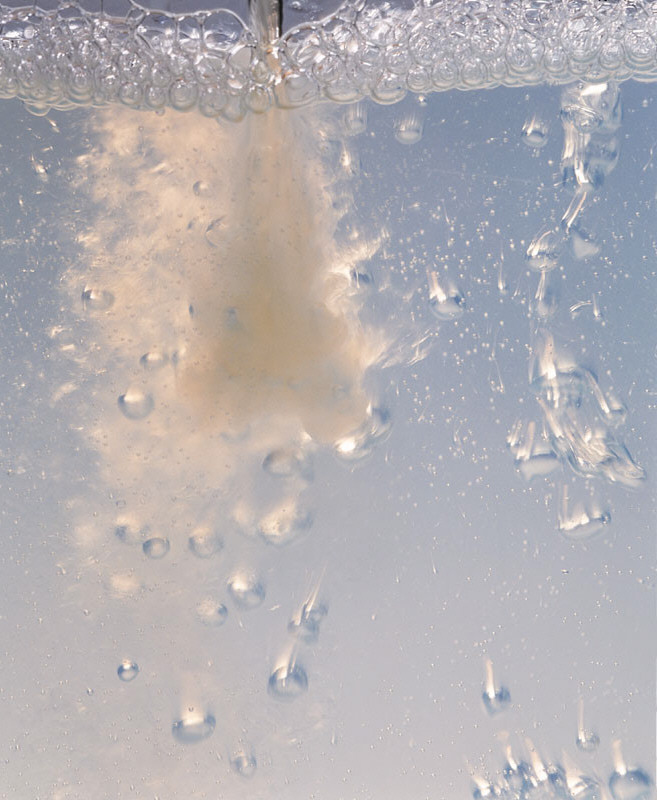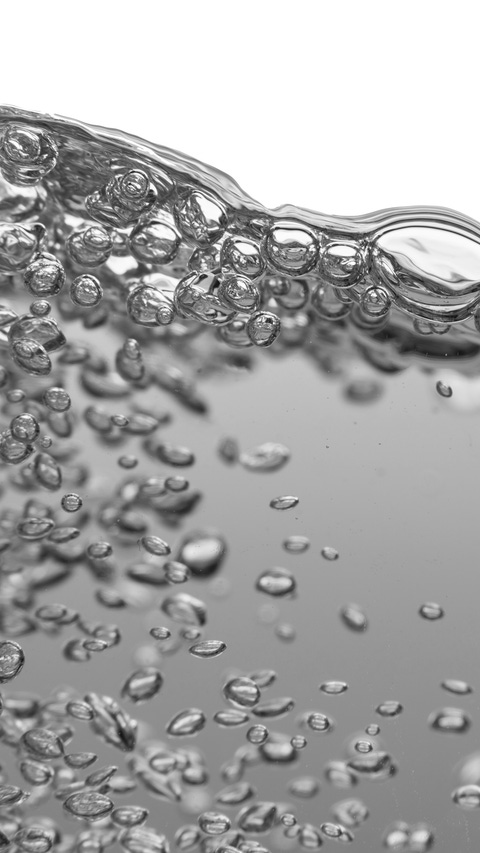Choosing the Best Defoamers for Your Manufacturing Line
Choosing the Best Defoamers for Your Manufacturing Line
Blog Article
The Duty of Defoamers in Enhancing Product Top Quality and Efficiency
Defoamers serve as important additives that alleviate this issue, making certain smoother production workflows while boosting the aesthetic and useful attributes of the last products. The option of the ideal defoamer can be vital to attaining optimal outcomes, raising crucial questions about formulation compatibility and performance metrics that warrant further expedition.
Recognizing Defoamers
Comprehending the role of defoamers is vital for maintaining product top quality throughout numerous sectors. Defoamers are chemical ingredients created to reduce and protect against the development of foam in liquid systems, which can adversely impact processes such as blending, filling, and surface tension. Foaming can lead to ineffectiveness, product flaws, and endangered aesthetic appeal, making defoamers an essential component in producing procedures.
In industrial applications, defoamers help to enhance item consistency and security. For instance, in the paint and coatings sector, foam can hinder the application process and the final coating. Similarly, in food and drink manufacturing, excessive foam can prevent bottling and packaging performance (defoamers). The reliable use defoamers not just ensures smoother manufacturing procedures but additionally adds to remarkable item efficiency.
Furthermore, the choice and solution of a defoamer need to align with certain application requirements, such as compatibility with other components, performance under differing temperature and pH conditions, and prospective regulatory restrictions. Ultimately, understanding defoamers' features and their importance in numerous solutions is important for optimizing production and ensuring the best final result.
Sorts Of Defoamers
Defoamers can be classified right into numerous kinds based upon their structure and system of action. The main kinds include silicone-based, non-silicone natural, and inorganic defoamers.
Silicone-based defoamers are among one of the most effective, mainly as a result of their capacity to spread quickly on the liquid surface and disrupt foam formation. Their one-of-a-kind chemical structure permits for superior stability, making them suitable for high-temperature applications and settings with varying pH degrees.
Non-silicone natural defoamers, typically composed of fatty acids or natural oils, are valued for their biodegradability and reduced toxicity. These are commonly utilized in food and beverage applications where safety and security and ecological impact are vital.
Inorganic defoamers, which include materials like talc or calcium carbonate, act by enhancing the density of the liquid, thus minimizing foam stability. They are typically made use of in industrial procedures where compatibility with other products is not a worry.
Each kind of defoamer has distinctive advantages and restrictions, enabling for tailored options relying on the particular lathering issues come across in different applications. Understanding these differences is important for maximizing efficiency and achieving desired product high quality.
Applications Throughout Industries
Countless industries take advantage of defoamers to boost item high quality and operational performance. In the food and drink market, defoamers are vital in procedures such as brewing and milk manufacturing to avoid foam formation, which can result in ineffectiveness and item incongruity. By controlling foam, producers can ensure far better return and a much more consistent item.
In the pharmaceutical sector, defoamers play a crucial role in the formula of liquid medications, where too much foam can impede mixing and precise dosing. Their usage aids keep the honesty of the formulas and helps with smoother manufacturing procedures.
The paint and finishes industry also depends on defoamers to enhance the efficiency of products during application. By decreasing foam, these ingredients make sure a smoother finish and improve the visual high qualities of the end product.

Advantages of Making Use Of Defoamers
While the application of defoamers varies throughout markets, their benefits regularly improve product top quality and procedure efficiency. One considerable benefit is the decrease of foam development during making processes, which can or else cause production delays and disparities in product quality. By minimizing foam, defoamers allow a smoother flow of materials, facilitating much more efficient operations and minimizing the chance of equipment malfunctions.
Additionally, the use of defoamers can boost the look and appearance of last products. In fields such as coatings, paints, and food handling, too much foam can endanger the aesthetic aesthetics and general quality, while the proper defoamer application ensures a consistent coating and preferable features. Defoamers can add to set you back savings by reducing waste throughout production and enhancing the usage of raw products.

Selecting the Right Defoamer
Selecting the right defoamer is important for enhancing production procedures and ensuring product top quality. The choice of defoamer affects not only the effectiveness of foam control yet additionally the total efficiency characteristics of the end product. Variables to think about include the sort of application, the chemistry of the solution, and the ecological problems under which the item will be made use of.
Various sectors might call for specific defoamer types, such as silicone-based, natural, or polymeric defoamers. Understanding the compatibility of the defoamer with the look at this web-site primary components is important to stay clear of negative responses that can endanger item stability. Additionally, the defoamer's efficiency in different temperature levels and pH levels must be evaluated to ensure consistent performance.
Evaluating the defoamer in small-scale applications can provide important understandings into its performance and suitability. Consideration of regulative compliance, particularly in food, drugs, and cosmetics, is paramount in selecting a defoamer. Inevitably, an extensive assessment of these aspects will cause the option of a defoamer that not just regulates foam successfully however also enhances the high quality and efficiency of the end product.
Conclusion

In conclusion, defoamers are crucial additives that considerably boost item top quality and efficiency throughout numerous markets. The critical choice and application of defoamers lead to set you back financial savings, maximized resource use, and boosted consumer complete satisfaction.
Lathering can lead to inadequacies, product problems, browse around this web-site and endangered visual appeal, making defoamers an important component in producing procedures.

Report this page